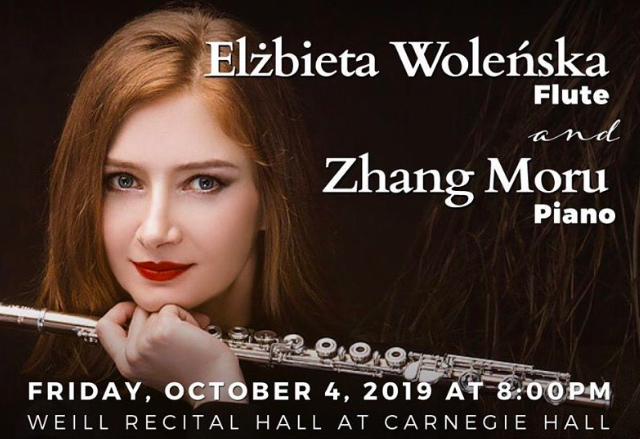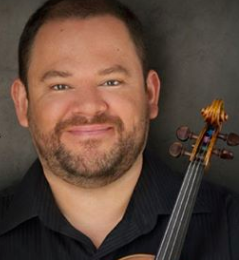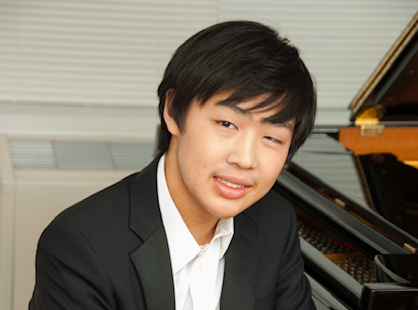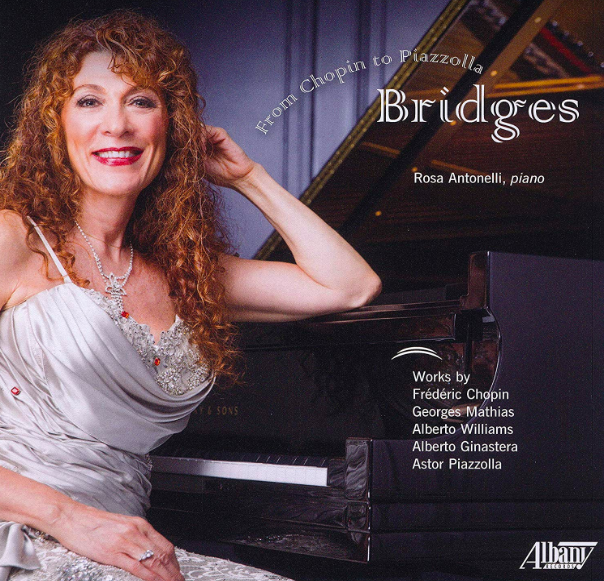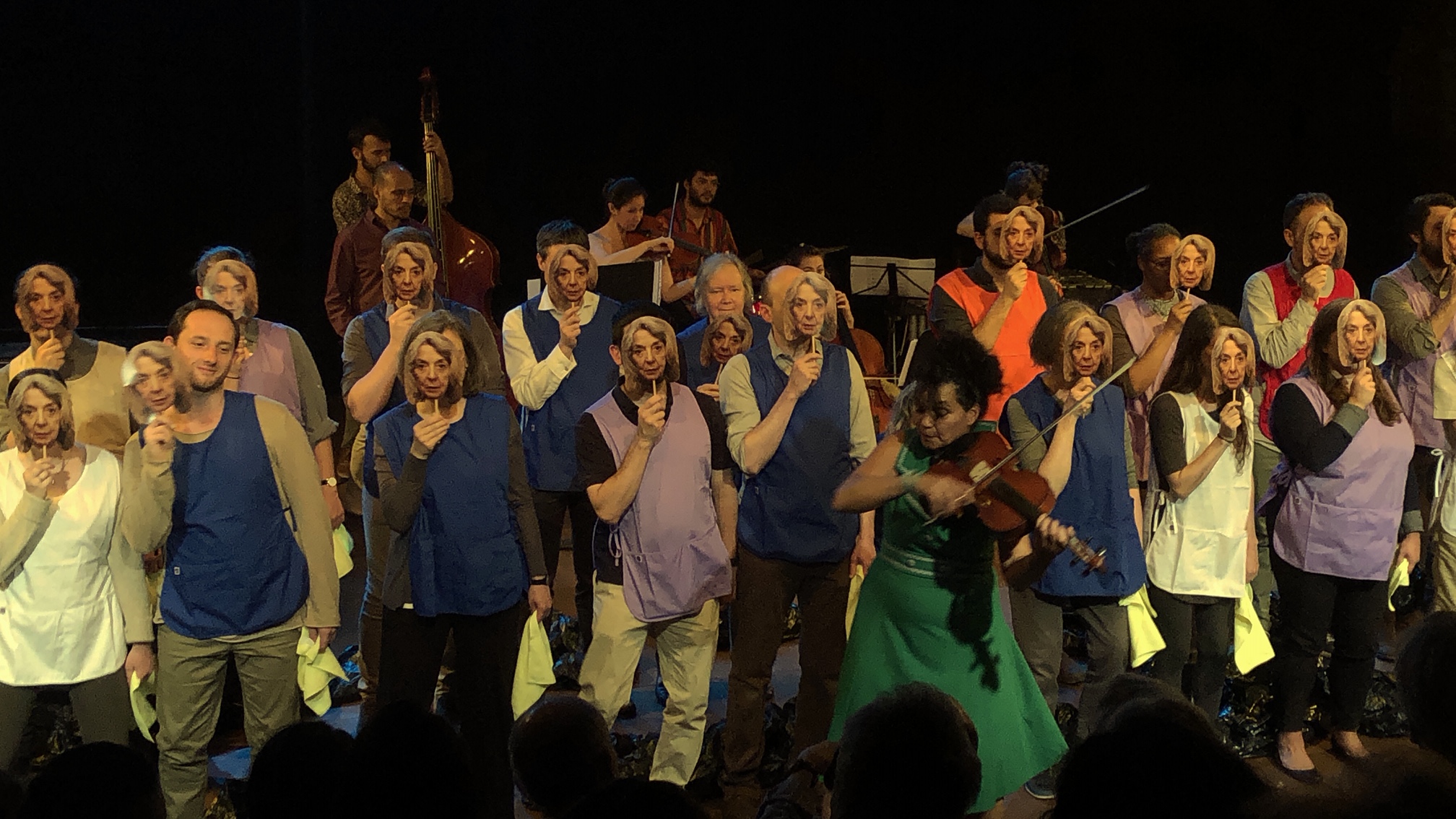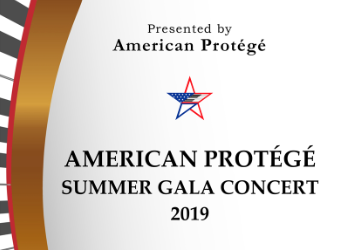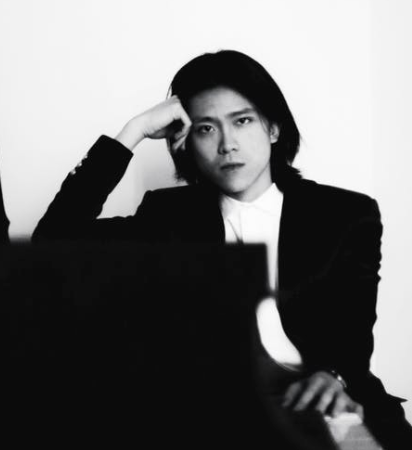Elżbieta Woleńska, flute; Zhang Moru, piano
Weill Recital Hall, Carnegie Hall, New York, NY
October 4, 2019
Distinguished Concerts International New York (DCINY) presented an exceptional debut this week for flutist Elżbieta Woleńska and collaborative pianist Zhang Moru, in a program listed at various websites as “Frederic Chopin, Pablo Sarasate, and others.” One had really little idea of what was in store, but if the intention was to maximize the surprise, it worked – Chopin turned out to be the least of the offerings (just an arrangement of the Prelude in D-flat, Op. 28, No 15 – popularly known as the “Raindrop” Prelude). The “Sarasate and others” (namely the Carmen Fantasy, Op. 25 and a half-dozen other gems by a variety of composers) combined to make one of the most impressive flute concerts in memory. Each piece was a discovery in its own way, and it was one of those nights when one forgets to look at one’s watch.
For a bit of background, Ms. Woleńska studied flute in Paris and Poland, earning a doctorate and numerous distinctions and awards. She has taught in Poland, along with performing and recording internationally, and currently teaches at Zhaoqing University in China, as does pianist Zhang Moru, who has also won a long list of awards and prizes.
The first work on the program was one by Johann Sedlatzek, entitled Souvenir à Paganini, Grand Variations on the Carnival of Venice. In what was a clever touch of symmetry, the concert ended with the same theme, via Mike Mower’s Deviations on the Carnival of Venice for flute and piano, given alternately jazz, salsa, rock, and other treatments – but more on that later. Suffice it to say that there was such fascination in the programming itself that one’s interest would have been held even without such a high level of playing – but the playing happened to be astonishingly virtuosic.
Beyond the program’s symmetry and the flutist’s mastery, the opportunity to hear music of Sedlatzek (1789 – 1866) is also rare. A Silesian flutist born in Prussia, referred to as “The Niccolò Paganini of Flute,” Sedlatek concertized throughout Europe, played alongside violin virtuoso Niccolò Paganini, and perhaps most memorably he served as principal flutist in the world premiere of Beethoven’s Symphony No. 9 in 1824 under Beethoven himself. One heard immediately Sedlatzek’s kinship with Paganini, and if readers want to listen to it, along with other works by Sedlatzek, one can obtain Ms. Woleńska’s recording entitled Souvenir at her website (https://www.wolenska.net/music) and other online stores.
Incidentally, after the Sedlatzek, Ms. Woleńska thanked the audience and commented that the “grand, grand, grand, grandson” of Sedlatzek was in the audience, and he stood to acknowledge the applause. Though such connections may not be rare in the classical music world, they are interesting to contemplate.
For a more lyrical spell, Lensky’s Aria from Tchaikovsky’s opera Eugene Onegin followed, and its plaintive poetry came through well, despite the jump from tenor voice to flute. On a perhaps fussy note, no mention was made of the transcriber, though one guesses that it was the Guy Braunstein version played by Emmanuel Pahud and others. One cannot assume these things though (nor memorize each version’s distinctions), and transcriptions ought not to be relegated to a pile of generic products by anonymous workers. Similarly, the Sarasate Carmen Fantasy, Op. 25, which followed (originally for violin) had no mention of the transcriber – and there are several versions out there – but this one may even have been Ms. Woleska’s own. In any case it fit her like the proverbial glove, its five movements layering brilliance upon brilliance. She sailed through its florid passages with dazzling skill, capturing perfectly the coquetry of the habanera, and fluttering her way through unthinkably fast repeated notes. Just when one imagined that the pyrotechnics could not increase, they did. Only a few excessively shrill moments in the Lento third movement detracted, possibly unavoidable in this arrangement.
The ensemble with Zhang Moru was excellent throughout and riveting at times, such as in the final accelerando of the Sarasate. The pianist kept a firm command of the evening’s wide array of challenges, all with polish and a presence that was unassuming, generally allowing the flutist to shine. One’s only reservations of the evening in terms of the collaboration were a few rough moments in an early triplet section of the Sedlatzek – and where the piano (though only on the half stick) was a bit too dominant – and a few moments in the Sarasate’s first movement where the flute was slightly covered. All in all, though, this duo worked amazingly well together, and one hopes they will continue to do so.
The Chopin arrangement (the “Raindrop” Prelude) followed – and again there was no mention of the arranger, but perhaps in this case it was a merciful omission, as it fell short of the other arrangements. Though Chopin’s lyricism offered a respite from the hyper-virtuosic repertoire preceding it, the arrangement itself was puzzling, with inner voices from the original brought into treble prominence, creating a different effect altogether from the original. It was a bit surprising that a musician from Chopin’s native Poland would endorse these alterations, but presumably the flutist wanted to include something from her homeland, and it seemed to fit the bill. Similarly, there was a doffing of the hat to China, where both musicians teach, in what was listed as Ancient Chinese Folk Song: Singing in a Fishing Boat in the Dusk (again anonymous, though someone had to have arranged it). It closed the first half with a refreshingly different flavor in its pentatonic melodies and shadings.
After intermission came a delightful array of flute-piano duos in somewhat newer styles. First came a piece called Airborne (composed in the early nineties) by Gary Schocker (b. 1959), whom many may know better as a leading flutist than as a composer, but who clearly excels in both roles. Airborne is written in a breezy jazz style that brings to mind the music of Claude Bolling (and at times some hints of Vince Guaraldi), but with his own special voice unifying it all. It was a pure joy in this duo’s rendition, with particularly fine precision from the pianist.
Hypnosis by Ian Clarke (b. 1964) followed, based on improvisations by the composer with his former bandmates Simon Painter and David Hicks (1986-1994). It conveyed a new-age dreaminess that perfectly suits its title and was playing winningly.
Rituals by Slovenian composer Blaž Pucihar (b. 1977) was another joyful discovery for this listener, though Pucihar’s work is clearly not unknown to the flute and wind world. It combines haunting melodies, sensitively set, with wonderfully inventive elaboration and a folk-like quality described as balkanian in the notes (though they reminded this listener of Bartók). It was superbly played by both musicians.
Concluding this enchanting array was Deviations (as mentioned previously, on that Carnival of Venice theme) by Mike Mower (b. 1958). It ran the gamut from waltz, jazz and swing, to salsa and rock styles. A spectacular ending, it was met with a standing ovation and rhythmic clapping, eliciting an encore in the literal sense – a reprise of the final Mower variation. Bravo!

